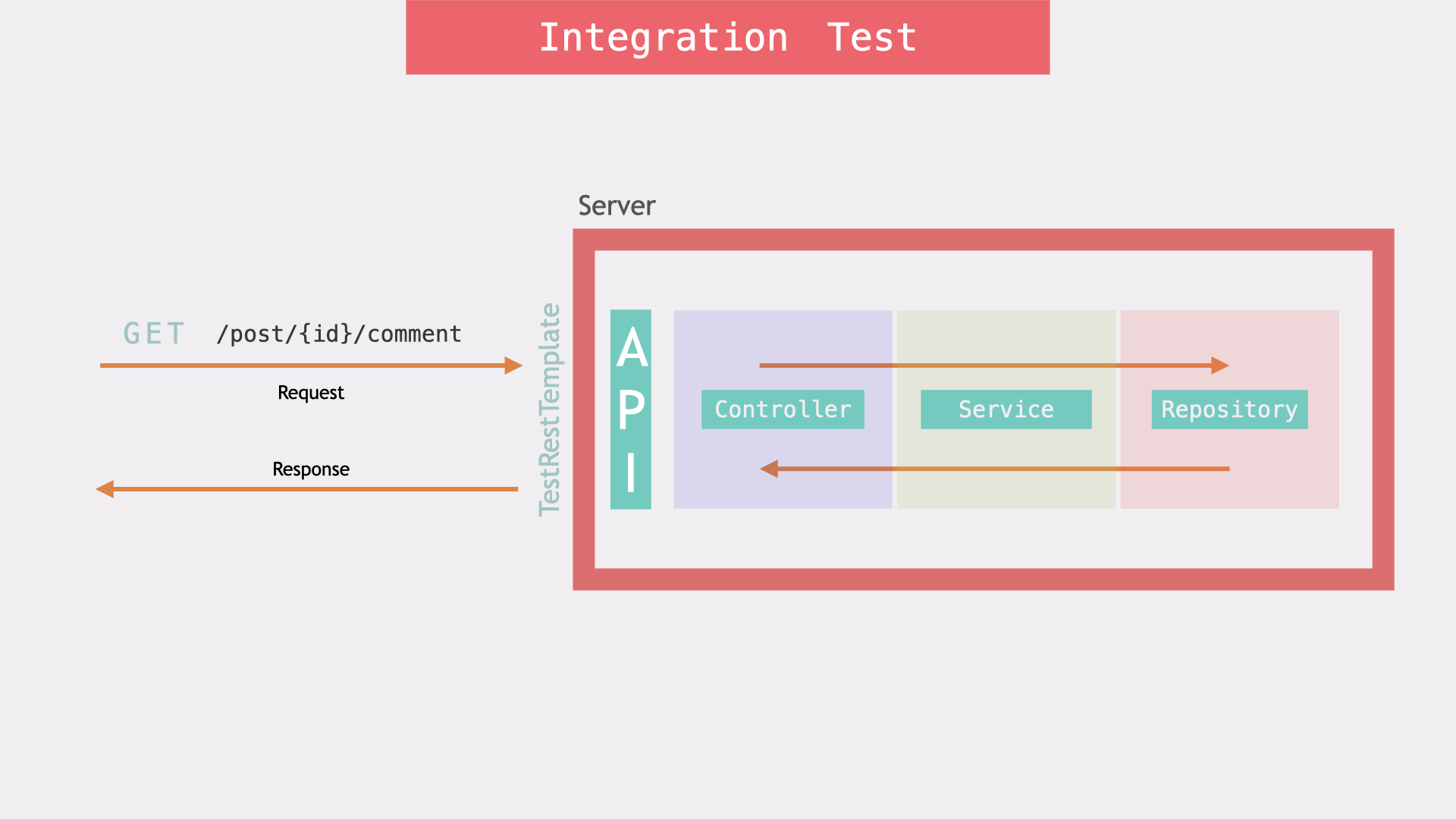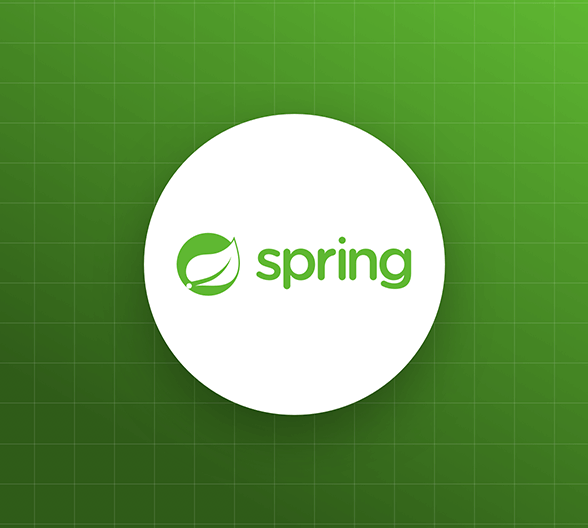Roads & PavementRoads & Pavement
Barefoot
Minimal
Low
Medium
High
Maximal
All around running shoes offer comfort and cushioning for daily runs, jogs, walks, and long mileage. They offer enough versatility for both faster and slower runs and are a great option for those who want one running shoe to do it all.
Fast run or uptempo running shoes are lightweight and responsive. They offer streamlined designs that have minimal uppers and offer a high level of energy return. These shoes are a great option for faster runs in the week or those looking for a livelier experience.
Max Cushion shoes offer premium cushioning with ample ground protection and a stable ride. These types of shoes provide abundant impact protection that softens landings while running at any pace or distance. These types of shoes are best for slower recovery runs and easy days where comfort takes priority.
Racing shoes are designed with optimal performance in mind. These types of shoes have snug-fitting uppers, energetic midsole foams, and features implemented for maximum efficiency. These types of shoes are best for runners looking to gain the ultimate advantage in races but may sacrifice some durability and comfort.
Gym Workout shoes offer a stable and versatile ride. They have a firmer underfoot feeling that provides stability for lateral movements with comfortable uppers. These types of shoes are best for trips to the gyms, cross training, casual wear, and light running. java Spring boot rest api unit test for controller Stack Overflow
Road running shoes feature smooth outsoles that are designed for running on paved surfaces such as roads, sidewalks, and bike paths.
Designed to handle most trail runs, these shoes prioritize comfort and a smooth ride. These shoes are great for anything from smooth singletrack, park trails, and fireroads making them ideal for those who run from their doorstep on streets before hitting the trail.
These shoes are best used for hard, rugged trails such as shale, granite or sandstone where grip on smooth surfaces and underfoot protection are important.
Designed for use in muddy, soggy conditions, these shoes feature very aggressive outsoles that dig deep into soft ground for exceptional traction.
These shoes feature technical outsoles designed to grip snowy and icy trails making them ideal for winter trail running.
Cushioning level, or stack height, refers to how much shoe is between your foot and the ground. For this category, we reference the amount of cushioning below the forefoot as the heel height will be equal to or greater than the forefoot height.
Integration testing of APIs in Spring Boot Java with Junit For
0-13mm. The Shoe generally does not have a midsole and feels like there is no cushioning. This shoe is all about feeling the ground underfoot.
14-18mm. The shoe has a thin midsole that allows for a natural running experience. Racing shoes and minimalist shoes are common here. These shoes offer a feeling of being connected to the road or trail.
19-23mm. The shoe has a slightly cushioned feel and may feature added cushioning technologies. Performance training shoes and some trail shoes are common here. These offer protection during footstrike but prioritize a lightweight, grounded experience.
24-28mm. These shoes have a stack height that fall near the middle of the spectrum.The shoes in this category are verstaile and great for all types of runs and distances.
29-34mm. The shoe has a thick midsole and ample cushioning. These shoes are highly protective and absorb more impact than the body.
35mm plus. The shoe has an extremely thick midsole and extra cushioning. The focus is on protection and soft foam underfoot with hardly any ground feel.
Neutral shoes support the foot through a normal range of arch collapse and generally do not have a built-in technology to correct movement.
Stability shoes are a great option for those who overpronate or need added support. These shoes help to limit the inward rolling motion of the ankle while running or walking and assist in guiding the foot straight through the gait cycle. What is the difference between TestRestTemplate which is present
Product Details:
Integration Testing with Spring Boot shop, Testing a Java Spring Boot REST API with Karate Semaphore shop, Test Your Spring Boot Applications with JUnit 5 Okta Developer shop, Cucumber Tests in Spring Boot with Dependency Injection shop, Spring Boot Rest Controller Unit Test with WebMvcTest BezKoder shop, API Testing with Java and Spring Boot Test Part 2 Improving the shop, BDD API Framework with Gauge Development Automation shop, Testing Spring Boot by Philip Riecks PDF iPad Kindle shop, Spring Boot MockMVC Example GeeksforGeeks shop, SpringBoot QA Automation Expert shop, Unit Testing Rest Services with Spring Boot and JUnit Spring shop, Testing a Spring Boot Microservices Tools and Techniques by shop, Spring Boot JUnit Integration Test DZone shop, Guide to Spring Boot Error Handling for REST APIs Toptal shop, API Testing with Java and Spring Boot Test Part 2 Improving the shop, GitHub SamiHK spring api tdd Demo project for Java Spring Boot shop, Intelligent Testing of Spring Boot APIs shop, Spring Boot and Java Tutorial Build a CRUD API shop, How to Perform Integration Testing using JUnit 5 and shop, What is the difference between TestRestTemplate which is present shop, Integration testing of APIs in Spring Boot Java with Junit For shop, java Spring boot rest api unit test for controller Stack Overflow shop, Integration Testing with Spring Boot shop, How to Create a Spring Boot REST API shop, Spring Boot Starter Test javatpoint shop, Automate REST API Testing Using Spring Test Framework Sunflower Lab shop, Testing a Spring Boot API with SpringBootTest and CircleCI shop, Test Spring Boot REST API using JUnit YouTube shop, JUnit 5 tutorial part 2 Unit testing Spring MVC with JUnit 5 shop, Spring Boot Rest Controller Unit Test with WebMvcTest BezKoder shop, GitHub rieckpil testing spring boot applications masterclass shop, Unit Testing Rest Services with Spring Boot and JUnit Spring shop, Testing Spring Boot Applications Masterclass rieckpil shop, Optimizing Spring Boot tests Tolgee shop, Guide to Spring Boot Error Handling for REST APIs Toptal shop, JUnit Rest API Testing Get Started Blazemeter by Perforce shop, Integration Tests with Spring Boot kreuzwerker shop, Unit Test Spring Boot GET REST API shop, Guide to Unit Testing Spring Boot REST APIs shop, Spring Boot Testing REST API Integration Testing using Testcontainers Crash Course shop, Writing a Unit Test using Spring Boot Part 2 by Yi itcan Nalc shop, Integration testing Mastering Spring Boot 2.0 Book shop, JUnit Rest API Testing Get Started Blazemeter by Perforce shop, Spring Boot Unit Testing CRUD REST API with JUnit and Mockito shop, How to test a controller in Spring Boot a practical guide shop, Spring Boot Unit Testing REST APIs Tutorial shop, How to test services endpoints and repositories in Spring Boot shop, Fast Spring Boot API Tests. In this article we explain the by shop, How to test a controller in Spring Boot a practical guide shop, Unit and Integration Testing in Spring Boot Micro Service by shop, Product Info:
Spring boot test api shop.
- Increased inherent stability
- Smooth transitions
- All day comfort
Model Number: SKU#7231027




